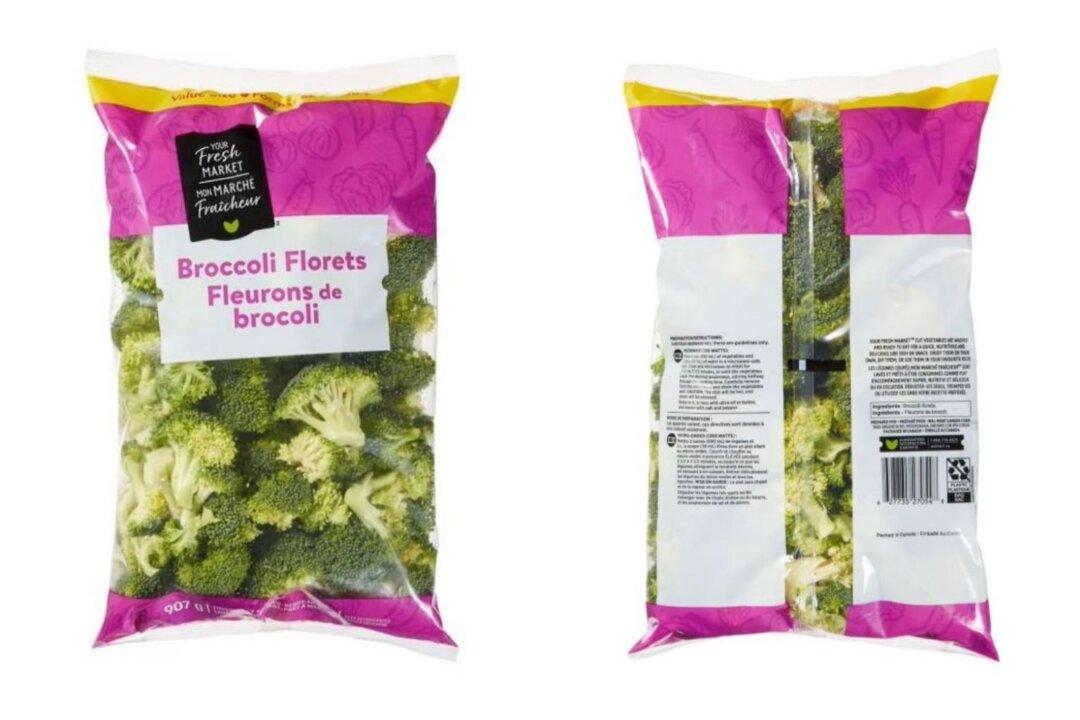A national substance use research organization is warning about a new type of opioid that is increasingly appearing in Canada’s illegal drug supply.
In an alert issued in March, the Canadian Centre on Substance Use and Addiction (CCSA) warned there is a rising presence in the drug supply of potent synthetic opioids referred to as nitazenes that are “several times more potent than fentanyl.”





